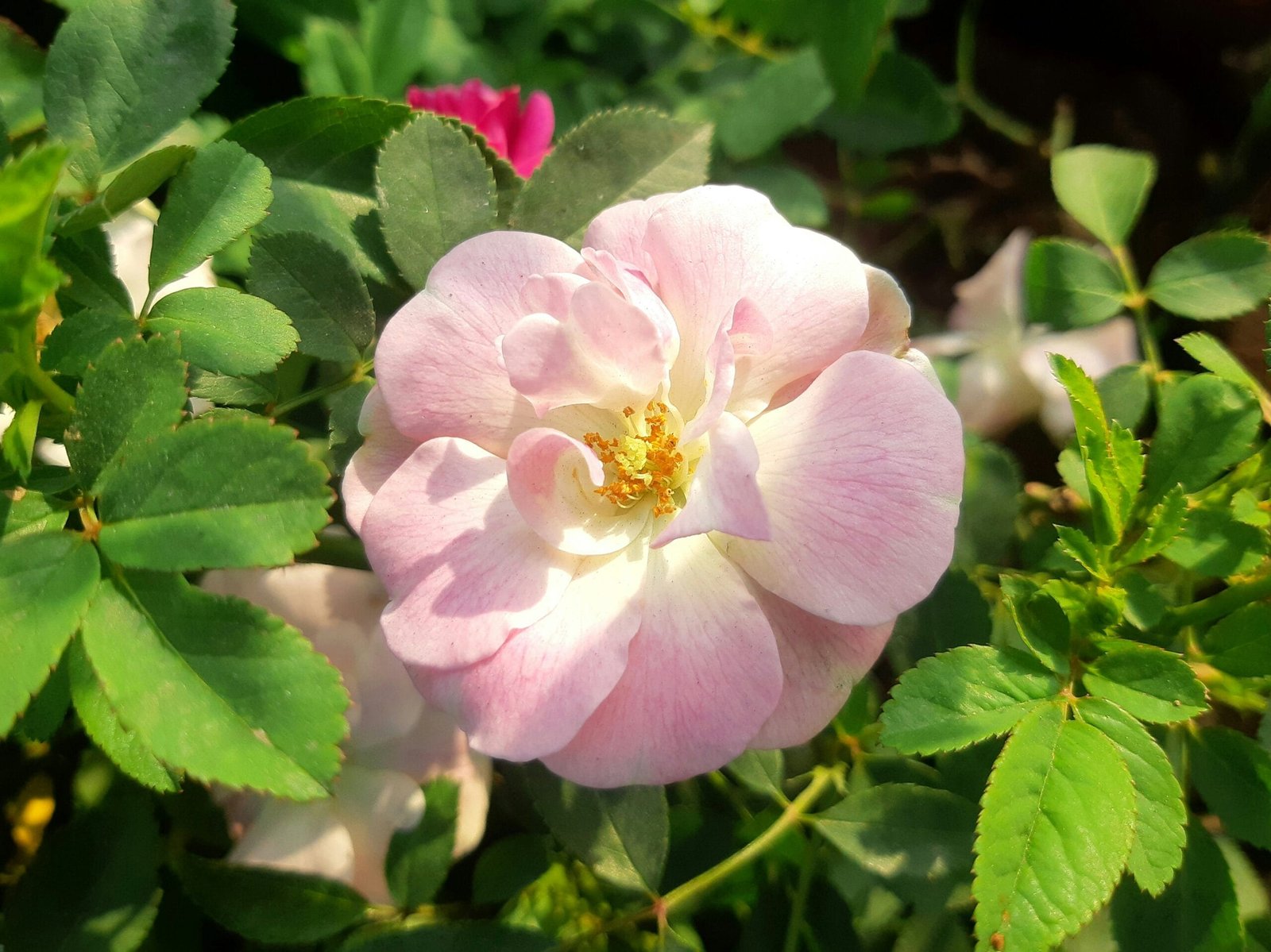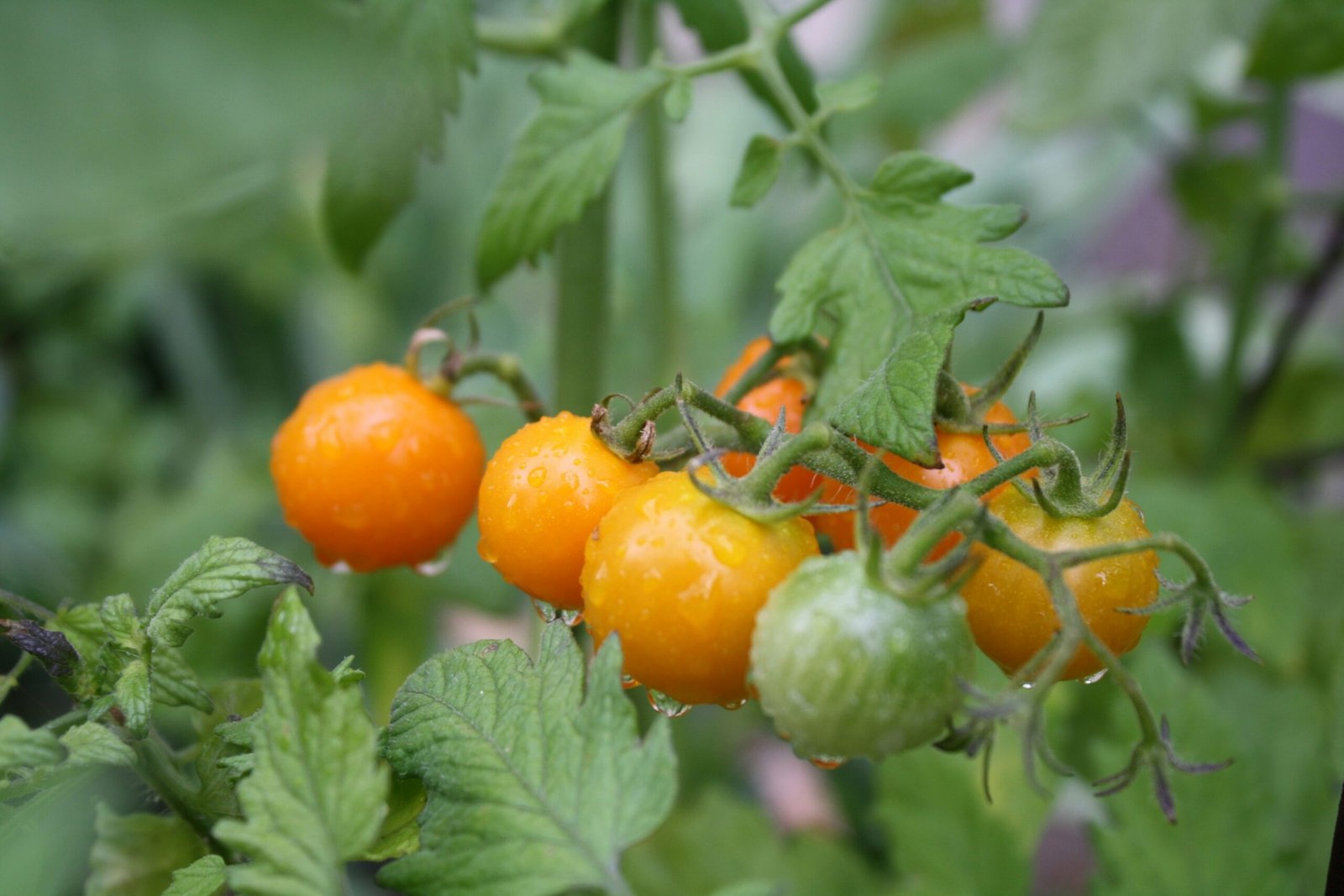Understanding the Importance of Autumn Gardening
Autumn marks a crucial period in the gardening calendar for UK gardeners, as it serves as the transition from the vibrant growth of summer to the dormant stage of winter. During this season, the changing weather patterns, notably the cooler temperatures and increased rainfall, create a unique set of challenges and opportunities for garden management. Understanding these factors is essential for effective autumn gardening.
As temperatures begin to drop, many perennial plants and shrubs start to prepare for their winter dormancy. This is the optimal time to assess the health of your plants and take necessary actions to ensure their survival through the colder months. Healthy plants that are adequately prepared for winter are more likely to thrive in the following growing season. This might involve pruning dead or diseased branches, protecting vulnerable plants, and implementing soil amendments to improve nutrient availability.
Soil conditions also undergo significant changes in autumn. With increased rainfall, soil can become waterlogged, which poses risks such as root rot or fungal diseases. Managing drainage through aeration or incorporating organic matter can help improve soil structure and promote healthier root systems. Additionally, autumn gardening provides an excellent opportunity for adding mulch, which aids in moisture retention and temperature regulation, ensuring plants are protected from harsh winter conditions.
Moreover, this season plays a vital role in supporting the overall ecosystem within your garden. As many insects and wildlife prepare for winter, creating habitats such as bird feeders, insect hotels, and leaf piles can enhance biodiversity. This approach not only helps sustain local wildlife during the colder months but also contributes to a healthier garden environment. As such, understanding the importance of autumn gardening is essential for maintaining a sustainable and aesthetically pleasing garden as winter approaches.
Pruning and Maintenance: Essential Tasks for Your Garden
As autumn settles in, preparations for winter become critical for maintaining a healthy garden. Pruning represents one of the essential tasks UK gardeners should prioritize during this season, as it not only enhances the aesthetic appeal of trees and shrubs, but also promotes their longevity and vitality. Understanding when and how to prune distinct species of plants is vital; different trees and shrubs have varied pruning requirements. For instance, deciduous trees, such as oaks and maples, should be pruned in late autumn after they have shed their leaves. In contrast, evergreens can be pruned slightly earlier, while flowering shrubs typically benefit from pruning in late winter or early spring to encourage robust blooms.
Moreover, removing dead or diseased branches during the autumn not only prevents the spread of pests and diseases but also allows the plant to focus its energy on healthy growth. It’s advisable to survey your garden regularly and identify any branches that appear brittle, discolored, or infested with insects. Transferring such waste away from your garden is crucial; leaving it in situ could attract unwelcome pests that pose a threat to the health of your other plants.
In addition to pruning, maintaining the overall tidiness of your garden is crucial for pest prevention. Cleaning up fallen leaves and plant debris helps eliminate potential breeding grounds for pests. Essential tools such as sharpened pruning shears, loppers, and a reliable hand saw are indispensable for effective pruning. Furthermore, employing safety gear, including gloves and eye protection, is advisable to prevent injuries while working. Adhering to these guidelines while implementing proper pruning and maintenance tasks will prepare your garden for winter, ensuring it not only survives but thrives into the next growing season.
Planting Strategies for Autumn: What to Sow and When
As autumn approaches, it presents an excellent opportunity for UK gardeners to enhance their plots by implementing effective planting strategies. Autumn is a particularly productive time for sowing various seasonal vegetables, bulbs, and perennials, allowing for an extended growing period before the onset of winter conditions. Among the vegetables that thrive when planted in the fall are garlic, broad beans, and certain varieties of onions. These crops benefit immensely from the establishment of roots in the milder autumn temperatures, setting the stage for vigorous growth as they resume in spring.
To prepare your garden for autumn planting, start by assessing the soil condition. Autumn planting often requires soil amendments, such as compost or well-rotted manure, to ensure optimal nutrient availability and drainage. It’s crucial to test the soil pH if you are uncertain about its fertility, as this can guide your choice of plants and the necessary amendments. Choose perennial plants like hellebores, asters, or hardy cyclamen, which not only thrive when planted in early autumn, but also provide vibrant blooms in the following spring. This not only adds aesthetic value to your garden but helps in building a biodiverse garden ecosystem.
Creating a planting schedule is essential for maximizing your garden’s productivity. Consider factors such as your local climate and the specific requirements of the plants you wish to sow. For instance, bulbs such as tulips and daffodils should be planted before the ground freezes to ensure they establish roots properly. While many gardeners focus solely on vegetables, incorporating fall flowers like pansies and heathers will bring life to your garden even in unseasonably cooler temperatures. To conclude, strategic planting in autumn can significantly enhance your garden, promoting healthier plants and a more vibrant landscape as the seasons change.
Winterization Techniques: Protecting Your Garden
As the colder temperatures approach in the UK, it is vital for gardeners to implement effective winterization techniques to safeguard their gardens from harsh winter conditions. One of the fundamental practices involves mulching, which serves to insulate the soil and protect plant roots from freezing. A layer of organic mulch, such as straw or shredded leaves, can significantly help maintain soil temperature and moisture levels, ensuring that plants remain healthy throughout winter. This strategy not only insulates but also prevents weed growth, benefiting the garden as a whole.
In addition to mulching, covering sensitive plants with frost cloths or garden fabric can provide much-needed protection against frost damage. These materials allow light and moisture to penetrate while creating a barrier against freezing temperatures. When covering plants, it is essential to ensure that the fabric does not touch the foliage directly, as this could lead to frost formation on the plant itself. Instead, create a support structure to elevate the cloth, keeping delicate flowers and herbs safe from winter’s harshness.
Watering strategies before the ground freezes are also crucial. Many gardeners underestimate the importance of hydrating plants as temperatures drop. It is advisable to water thoroughly before the onset of hard frost, as moist soil retains heat better than dry soil. This practice allows plants to thrive even in adverse conditions, and it ensures that their root systems remain adequately hydrated during the winter months.
Properly storing garden equipment is another essential aspect of winter preparation. Cleaning tools and equipment thoroughly before winter not only prolongs their lifespan but also prevents the spread of pests and diseases. Equipment should be stored in a dry, protected area to avoid damage from moisture or cold temperatures. Taking these winterization steps will ensure that your garden remains vibrant and ready to flourish when spring arrives.


